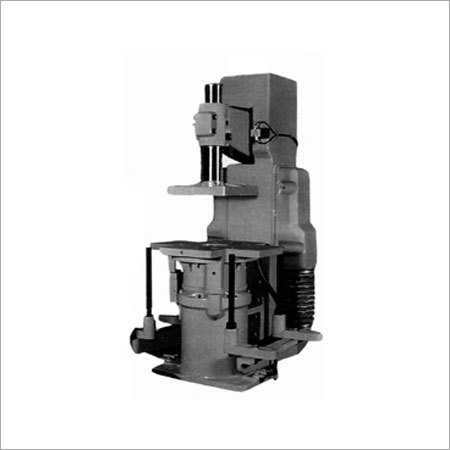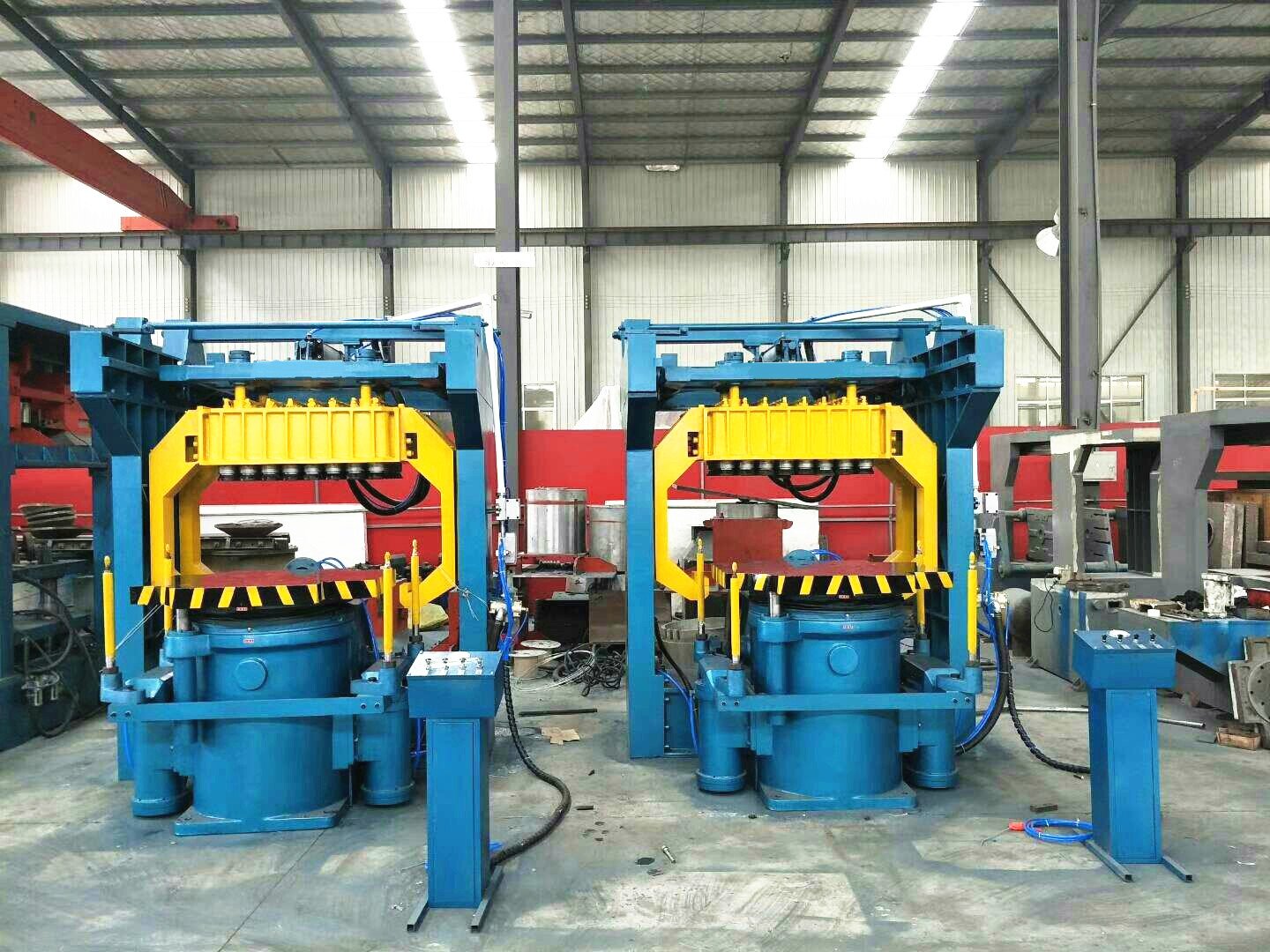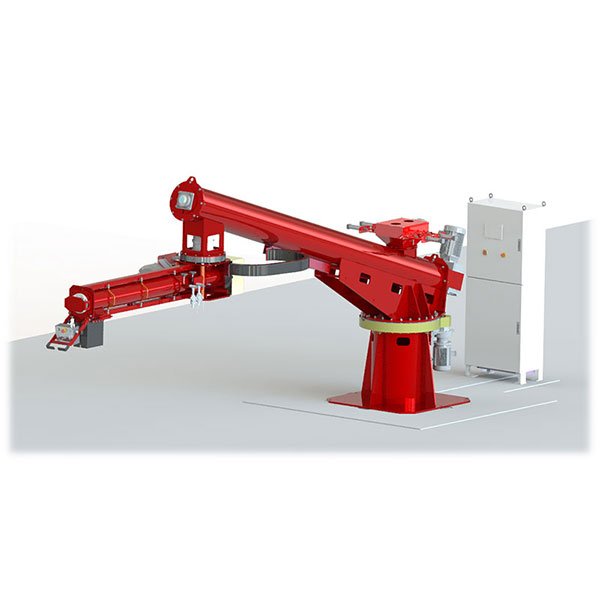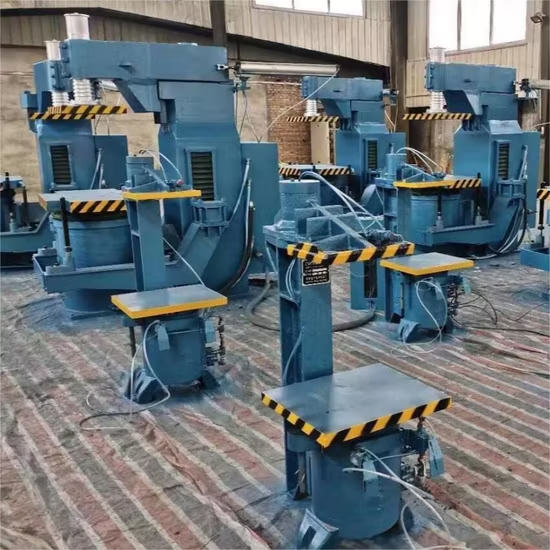
When it comes to coating, welding, or simply achieving a consistent look—surface finish is everything. And yet, many production lines still overlook the most reliable method to control it: proper shot blasting.
A shot blasting machine allows manufacturers to consistently prepare surfaces by removing rust, scale, and contaminants, leaving a clean, textured finish ready for the next step—be it painting, bonding, or machining.
We’ve seen in countless installations how a well-selected and properly operated blasting system turns erratic surface quality into a reliable, repeatable result. Let’s break down how that works, and what you should know.
What Is a Shot Blasting Machine and How Does It Work?
In simplest terms, a shot blasting machine propels abrasive media—typically steel shot or grit—at high speeds to clean and texture metal surfaces. Unlike sandblasting, which uses compressed air, shot blasting relies on mechanical wheels to throw the media with force and precision.
Most systems include:
- Blast wheel or impeller that accelerates the media
- Enclosed blasting cabinet or chamber to contain the operation
- Recycling system to collect, clean, and reuse abrasives
- Dust collector that keeps the environment safe and visibility clear
The goal isn’t just to “clean” the surface—it’s to create the ideal surface profile (often measured in Ra microns) that ensures coatings bond well and components perform under stress.
Why Surface Finish Matters More Than You Think
It’s easy to underestimate the impact of surface texture—until a coating fails or corrosion sets in sooner than expected.
A well-prepared surface plays a key role in adhesion, corrosion protection, fatigue resistance, and even appearance.
Here’s why industries care:
- Paint & Powder Coating: Needs roughness to adhere properly
- Galvanizing or Anodizing: Demands a contaminant-free substrate
- Weld Preparation: Clean edges improve weld quality
- Precision Machining: Burrs or scale can throw off tolerances
In automotive or aerospace, where part failure isn’t an option, surface prep isn’t just a pre-treatment—it’s a performance requirement.
How Shot Blasting Machines Create Better Surfaces
We've worked with many clients who thought their rust removal method was “good enough,” only to discover how much they were losing to inconsistent finishes and repainting.
A good shot blasting setup removes old coatings, flash rust, burrs, and mill scale, while also giving a uniform texture.

And that texture isn’t random. It’s engineered—controlled through:
- Abrasive type: Spherical shot peens the surface, while angular grit cuts it
- Velocity and time: More exposure increases roughness
- Media condition: Old, broken media won’t deliver consistent results
For instance, blasting for 20 seconds with steel shot S330 at standard wheel speed gives an Ra of ~6.3 μm. Adjusting either factor can raise or lower it based on your needs.
Matching the Machine Type to the Part
There’s no single machine that does it all. That’s why selection matters.
| Machine Type | Best For |
|---|---|
| Tumble Blast | Small parts like bolts, gears, forgings |
| Spinner Hanger | Larger or delicate parts needing suspension |
| Table Type | Flat components, heavy castings |
| Continuous Conveyor | Inline high-volume work like plates, beams |
A common mistake is using a tumble machine for parts that can’t handle impact—leading to dents or surface damage. If you're blasting machined aluminum housings, a spinner hanger with ceramic media might be the better route.
Choosing the Right Setup for the Right Result
Beyond machine type, the real differentiators are media choice, control systems, and how the blasting fits into your workflow.
- Material of the part: Softer metals need finer media
- Finish requirements: Rough for coatings, smoother for aesthetics
- Batch size and process flow: Are you blasting one part or 10,000?
- Media recycling quality: Are you controlling contamination and wear?
We’ve seen customers struggle with finish variability simply because their separator wasn’t removing fines effectively. Once fixed, their surface Ra values stayed within spec every time.
Best Practices That Make the Difference
Even with the right machine and media, poor settings or bad habits can ruin a finish.
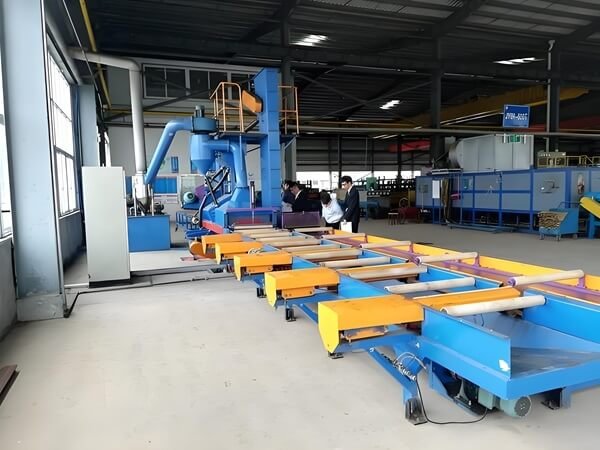
Keep these in check:
- Wheel speed and media flow rate — too fast, and you risk overblasting
- Cycle time — more isn’t always better
- Media condition — dull, broken shot doesn’t clean well
- Part fixturing — movement or poor orientation = uneven blasting
Also, ensure your machine’s wear parts (blades, liners, seals) are in good shape. Uneven wear leads to inconsistent media spread and finish variation.
Keeping the Machine—and Results—Consistent
We’ve all seen blasting cabinets that haven’t been cleaned in months. Dust buildup, clogged filters, or worn wheel blades don’t just hurt the machine—they hurt your product.
Establish a maintenance schedule, and stick to it.
| Task | Recommended Frequency |
|---|---|
| Check and clean wheel housing | Weekly |
| Inspect and replace nozzles | Monthly |
| Replenish and screen media | Daily |
| Empty and clean dust collector | Weekly |
| Inspect seals and liners | Bi-weekly |
Even 10 minutes of maintenance can save hours of rework or inconsistent product.
What If the Finish Still Looks Wrong?
It happens. If you’re seeing dull spots, overblasted zones, or inconsistent textures, don’t blame the operator just yet.
| Problem | Possible Cause | Fix |
|---|---|---|
| Uneven Texture | Worn blades or misaligned nozzles | Replace and realign |
| Over-peening | Excessive cycle time or media | Lower time or switch to finer media |
| Embedded Dust | Poor ventilation | Clean filter, check airflow |
One customer had visible shadows on large castings—turned out their media valve was partially clogged, cutting flow by 30%. Once cleared, the finish improved instantly.
Why Shot Blasting Beats Other Surface Prep Methods
Some still use grinding, brushing, or chemical washes—but shot blasting often wins on repeatability, safety, and efficiency.
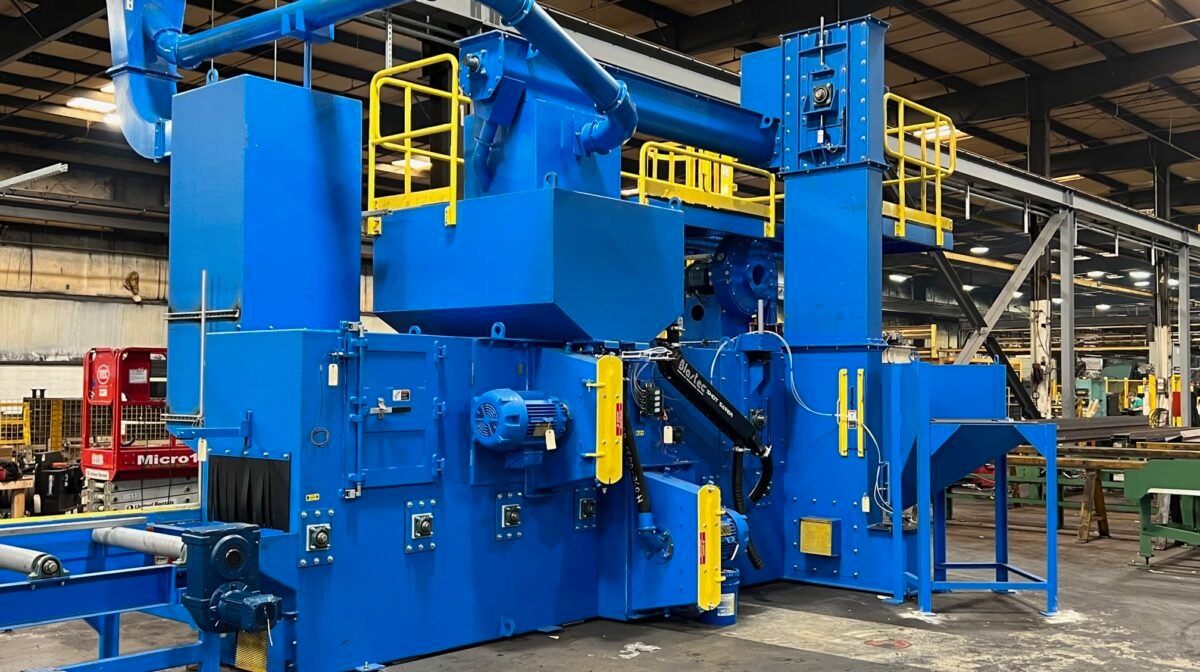
| Method | Strengths | Limitations |
|---|---|---|
| Shot Blasting | Fast, consistent, recyclable | Higher equipment cost up front |
| Sandblasting | Lower setup cost | Dusty, not ideal for volume |
| Chemical Cleaning | Good for complex parts | Hazardous waste, time-intensive |
| Grinding/Brushing | Precise in small areas | Not scalable, labor heavy |
Especially for high-throughput lines, shot blasting offers speed and consistency that hand tools or chemicals can’t match.
Final Thoughts: Build Surface Quality into Your Process
Shot blasting isn’t just a finishing step—it’s a critical part of your product’s integrity.
If you care about how your parts perform, how long your coatings last, and how few rejects you ship—then get your blasting process right.
Surface Finish Checklist:
- Is the machine matched to part type and volume?
- Are media and cycle time optimized for Ra target?
- Is your recycling system removing contaminants?
- Are wear parts in good shape?
- Do you inspect results regularly?
Great surface finish doesn’t happen by chance. It’s the result of good machines, well-trained operators, and the discipline to keep things dialed in.
FAQ
Q: What kind of surface roughness can I expect from shot blasting?
A: Depending on media and settings, Ra values typically range from 2.5 to 12.5 µm.
Q: How do I know if I’m overblasting a part?
A: Look for matte finish, embedded media, or reduced part strength (especially in peened parts).
Q: Can shot blasting damage softer metals?
A: Yes—use finer media and lower velocity for aluminum or brass.
Q: How long does steel shot last?
A: With proper recycling, it can last for 1,000–3,000 cycles, depending on impact force and material hardness.

